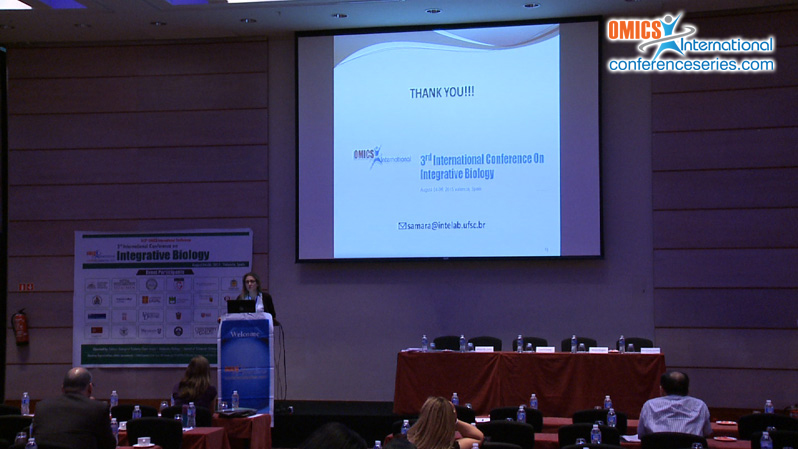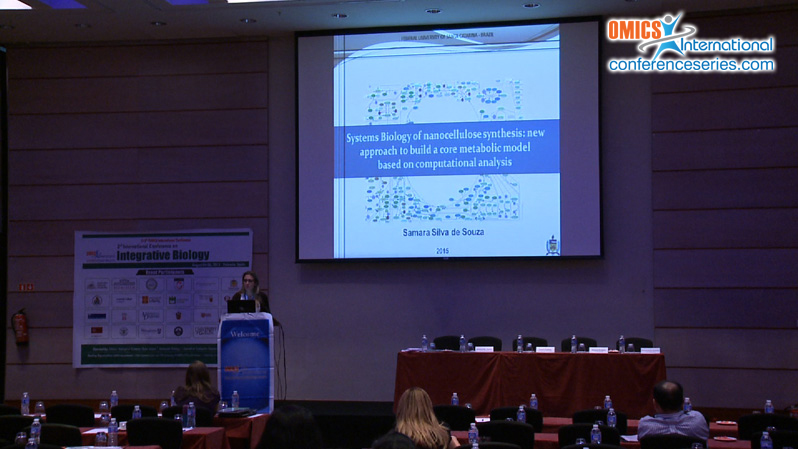
Samara Silva de Souza
Federal University of Santa Catarina, Brazil
Title: Systems Biology of nanocellulose synthesis: new approach to build a core metabolic model based on computational analysis
Biography
Biography: Samara Silva de Souza
Abstract
Systems biology is a new field that aims to focus on molecular components to understand biological systems. The systematic approach to biology is not new, but it has recently gained new attraction due to emerging experimental and computational methods. Reconstruction of genome-scale metabolic models based on a combination of genome sequence and biochemical information have influenced the field of systems biology in the past decade. Different approaches are frequently used to identify the components of the system and their interactions, to build in silico models that explain complex cellular processes and make testable predictions, as well as to represent these relationships using different computational resources. The Gram-negative bacterium Gluconacetobacter hansenii has been extensively used for nanocellulose synthesis and the recent availability of its genome sequence allows the development of metabolic models of the production of bacterial nanocellulose by integrating typical experimental work with genomic and high-throughput post-genome data. However, despite the importance of bacterial cellulose-based biomaterials particularly for tissue engineering applications, a core metabolic model of its biosynthesis has not been proposed so far. The constraint-based reconstruction and flux analysis approach was used to analyze the model and simulate different conditions to evaluate its consistency and representativity for cellulose biosynthesis. The reconstruction process involves the following steps: 1) creation of a draft model using automated resources, 2) manual curation to construct the core model, 3) conversion of the model into a mathematical format and, 4) biological and biochemical analysis of the network. A core metabolic model developed can provide strategies for developing these biomaterials through a better knowledge of G. hansenii metabolic pathways and elevate our capability for understanding the metabolic capacity under perturbations such as environmental changes.
Speaker Presentations
Speaker PDFs
Speaker PPTs Click Here





